- Solar energy blog
- The effect of solar in the cold weather: a Nordic solar success story
The effect of solar in the cold weather: a Nordic solar success story


Ghada Alafranji
Senior Account Executive
I started my career journey working as a part-time Project Engineer before graduating from university. I have worked on Solar-Diesel-Battery Hybrid systems and parallel to that I was in Business Development and this is why RatedPower is my perfect fit, I get to do the two most enjoyable things to me Engineering & Business.
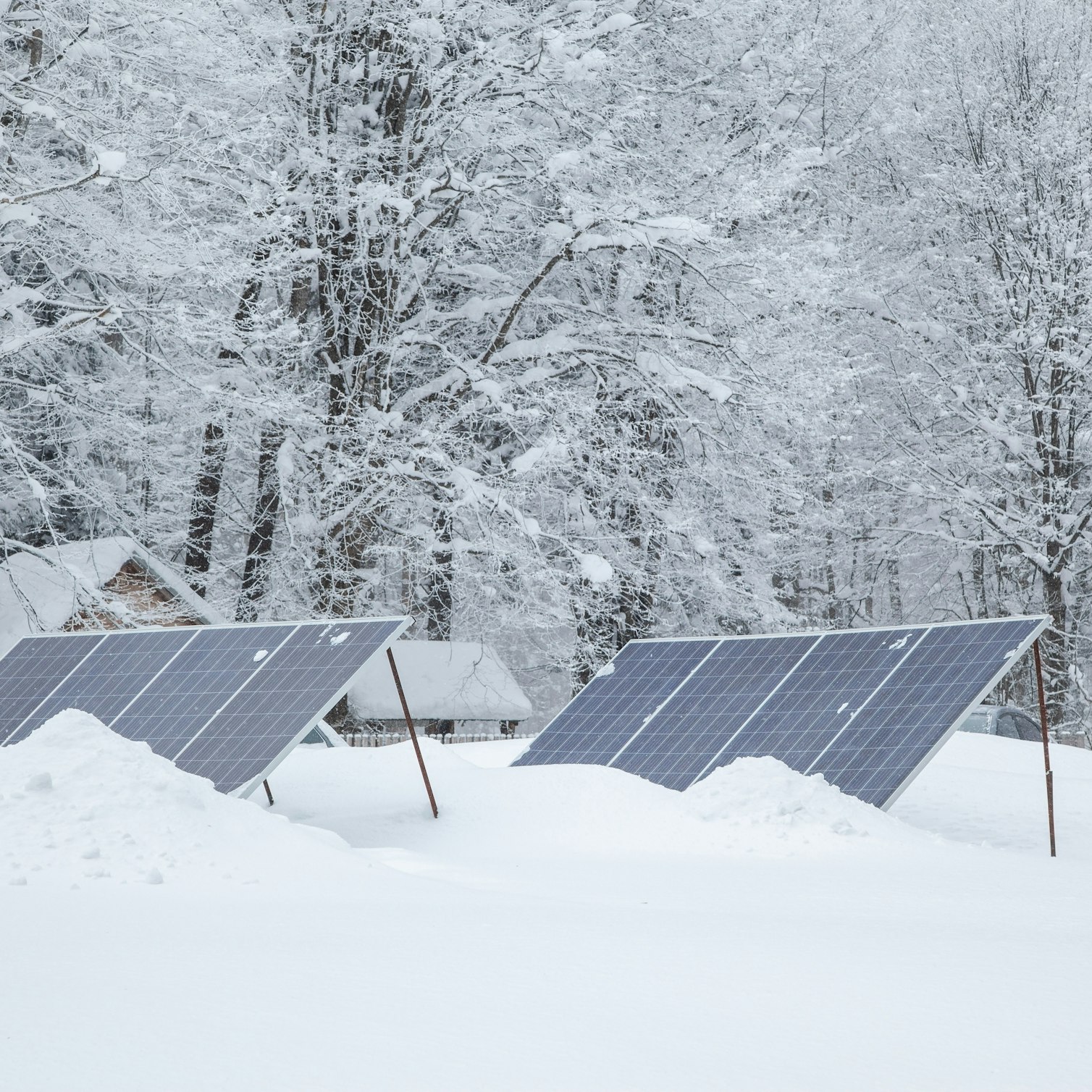
Content
Governments worldwide seek innovative methods to transition to clean, green energy sources. This shift is not merely about our ethical responsibility to the environment but also a means to achieve a sustainable, robust economy.
At the heart of this change lies the European Union’s bold 2030 Climate Target. With a commitment to slash greenhouse gas emissions by a whopping 55% by 2030, the EU is on a dedicated journey towards achieving climate neutrality by 2050.
Want to learn more about the European Commission's measures to respond to rising energy prices, the EU's dependence on fossil fuels, and barriers to permit-granting in EU countries, Norway and Iceland?Then tune in to our webinar: Renewables permitting framework in the EU: challenges and opportunities, where Marta Andrés, Legal, and Policy Officer for Renewables and Energy System Integration Policy at the EU Commission, and Marián Aúz, AE at RatedPower, share valuable insights on navigating the permit process for your renewable energy projects.
This ambitious goal is not just about saving the planet. The EU also aims to create a new era of green jobs and drive economic growth while respecting our environment. The diversity of renewable energy sources available, everything from wind to geothermal to hydro, offers many opportunities for this transition. Among these options, one energy source stands out for its enormous potential, solar power.
Despite common misconceptions, the Nordic regions hold much promise for solar power. Let’s dive into why and look at recent solar success stories from the region.
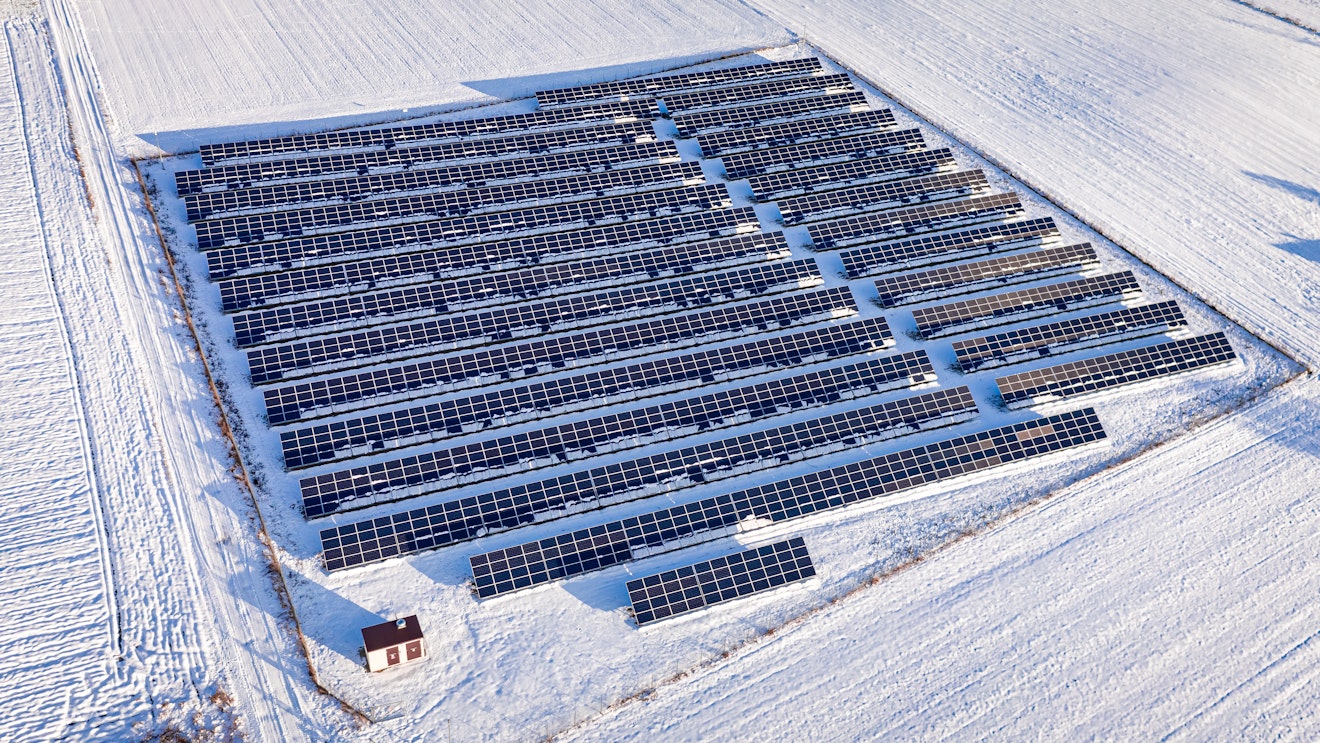
Are the Nordic regions a good place for PV installations?
While solar energy might not be the first thing that springs to mind when thinking of Nordic countries, these nations are now harnessing the sun’s power in ways that defy traditional stereotypes.
Even though it may seem counterintuitive due to their climate, Nordic countries are remarkably well-suited for PV installations. Solar irradiation levels during the long summer days, when the sun barely sets, make these regions perfectly viable for solar power generation. In fact, it’s a burgeoning industry that’s increasingly turning heads towards the north.
The science behind solar energy production also tells an exciting story.
Solar PV cells operate more optimally at lower temperatures. Cold environments help maintain the cells’ operational temperature, allowing them to work at peak efficiency. The Nordic regions often enjoy strong sunshine, and when this is coupled with the reflective properties of snow, solar irradiance is significantly increased. A good example of this was during the first COVID lockdown when Western Europe saw record irradiance levels.
But the advantages don’t stop there. The Nordic region has already shown its prowess in harnessing the sun’s energy. By 2018, Nordic countries had reached a cumulative installed PV capacity of 1.6 gigawatts (GW). This achievement is even more notable when considering that these are among the most arctic countries in the world. Private power purchase agreements (PPAs) for PV projects are gaining traction, too, particularly in Sweden and Denmark. This trend indicates a growing recognition of the potential of Nordic solar energy.
Renewable energy investment in the Nordics is not a new phenomenon. Green energy already accounts for more than half of all electricity generation in Sweden and Norway. Yet, the interest in solar energy is growing more robust, thanks to technological advancements and decreasing costs.
As solar technology costs continue to fall, the Nordic countries are doubling down on solar power. They recognize the unique confluence of environmental and market conditions. Far from being deterred by the cold, these Nordic nations are leveraging their chilly climates to lead the way in solar power generation.
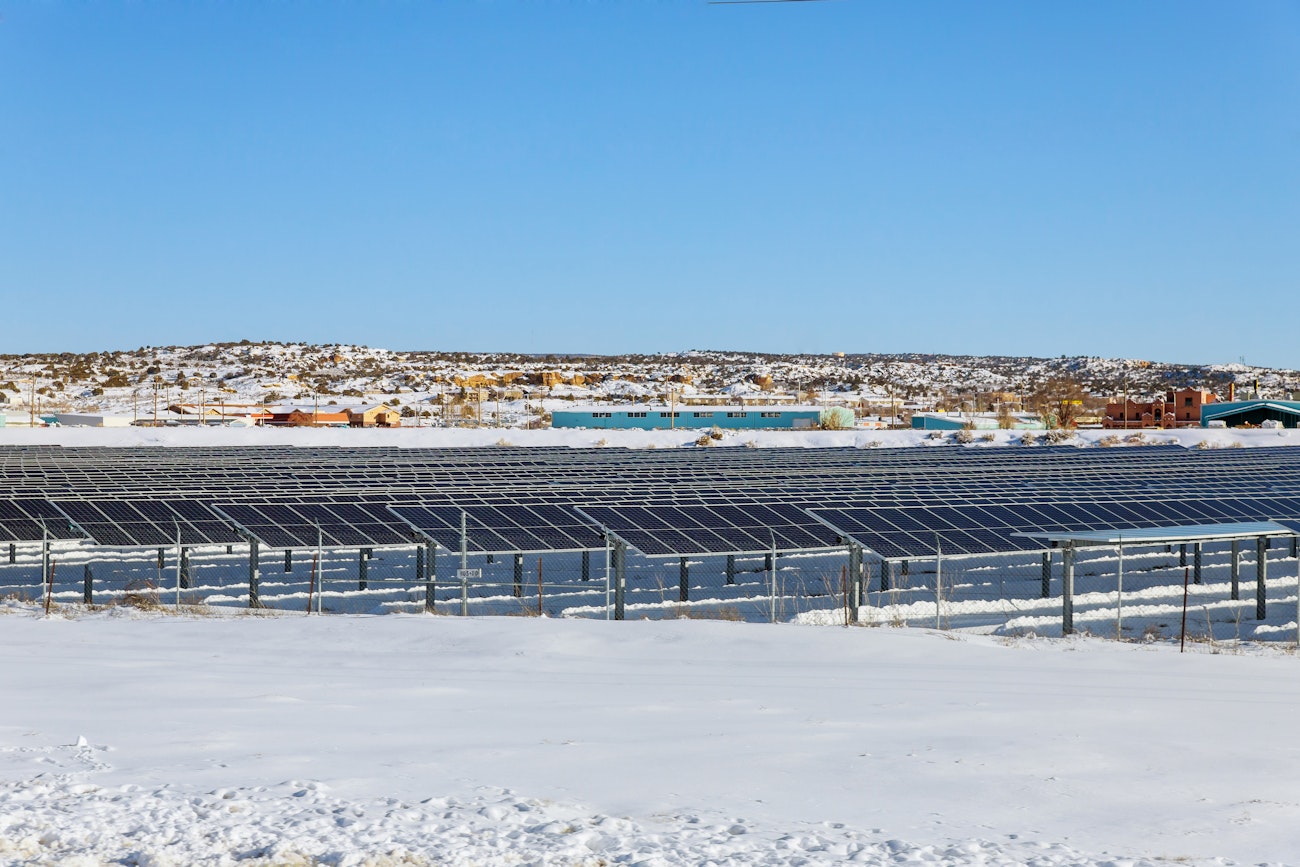
A look at the PV landscape in the Nordic regions
There are many reasons to be optimistic about the future of the PV landscape in the Nordics, but we should also focus on what’s already been achieved. Here are some stats to illustrate this:
The CO2 emission intensity of district heating and power production in Scandinavia has dropped by 50% in the last 30 years.
Globally, CO2 emission intensity is seven times higher than in Scandinavia.
The renewable energy share in Scandinavia increased from 31% to 40% in the last ten years.
In 2020, Nordic electricity generation was 87% carbon-free.
In Oslo, 30% of all vehicles are electric.
The manufacturing industry for PV materials is also very strong in the Nordics. Solar-grade silicon and silicon solar cells are essential components of manufacturing PV panels, and Norway is one of the biggest producers in the world of these materials.
In Sweden, Finland, and Denmark alone, there’s projected to be a combined 74 GW of installed onshore wind and solar PV capacity by 2030, including 12.8 GW from solar PV. Denmark aims to install 9 GW of solar PV in the same timeframe, with Sweden seeking to add another 3 GW. Currently, over 90% of the power produced in the Nordics comes from renewables.
Success stories
The potential for solar power in the Nordic regions is not just a theory. There are a number of projects that show the reality of how this region offers a path toward a sustainable future:
Solar Park Säve
Located just outside of Gothenburg, Solar Park Säve stands as the largest solar park in Sweden. Spanning over 11 hectares, the solar park is expected to generate an impressive 5000 kW of electricity annually.
Stockholm Skavsta Airport Solar Energy Plant
In an innovative move, Stockholm Skavsta Airport has embraced sustainability by hosting a solar energy plant on its grounds. The vision is to power the airport’s operations entirely with green energy, a good example of this region’s creative and forward-thinking approach toward solving the climate crisis.
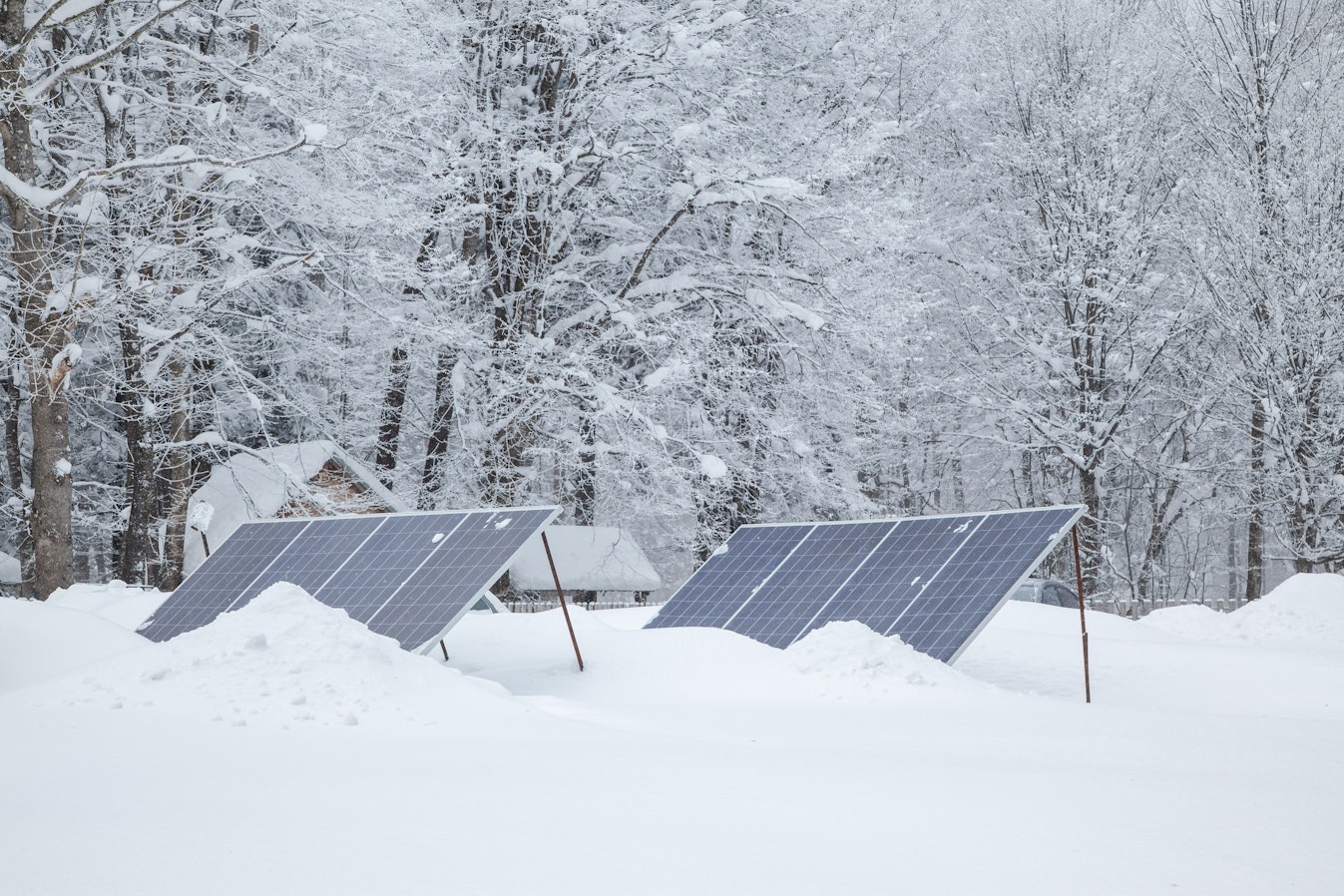
Ilmatar Energy Installation
This is an upcoming project from Ilmatar Energy, a Finland-based independent power producer. They aim to construct a monumental 450 MW solar park in Halland County’s Tönnersjö, outside Halmstad in Sweden. Upon completion, this park will be the largest in Northern Europe, a project to watch closely.
Bestseller Solar Park
Until Ilmatar’s new project is complete, the title of the current “largest solar park in Northern Europe” sits with Bestseller Solar Park in Denmark. Owned by the Danish global fashion group, Bestseller, the park boasts a capacity of 207 MW. Remarkably, this project was one of the first in Denmark to be built without any government subsidies or private funding.
Want to learn more about the largest PV plants around the world and upcoming projects that will add to global solar capacity, then don’t miss our eBook: The Largest PV Plants Worldwide.
Ready to join the solar revolution and maximize your PV plant’s profitability? Look no further than Rated Power platform. It accelerates the design and engineering process, reducing construction costs and time to design while boosting your plant’s competitiveness. Let’s speed up the clean energy transition together!
Latest stories
Related posts
Market analysis
Defrosting the frozen Nordic solar market
Explore the Nordics’ solar grid challenges and energy transition strategy. Read the blog to uncover policy gaps and solutions shaping Europe’s green future.
Updated 8 JUL, 25

Market analysis
U.S. solar manufacturing grows fourfold, thanks to Inflation Reduction Act
Find out more about the Inflation Reduction Act and how it has increased U.S. solar manufacturing capacity fourfold since the legislation passed in 2022.
Updated 24 JUN, 25
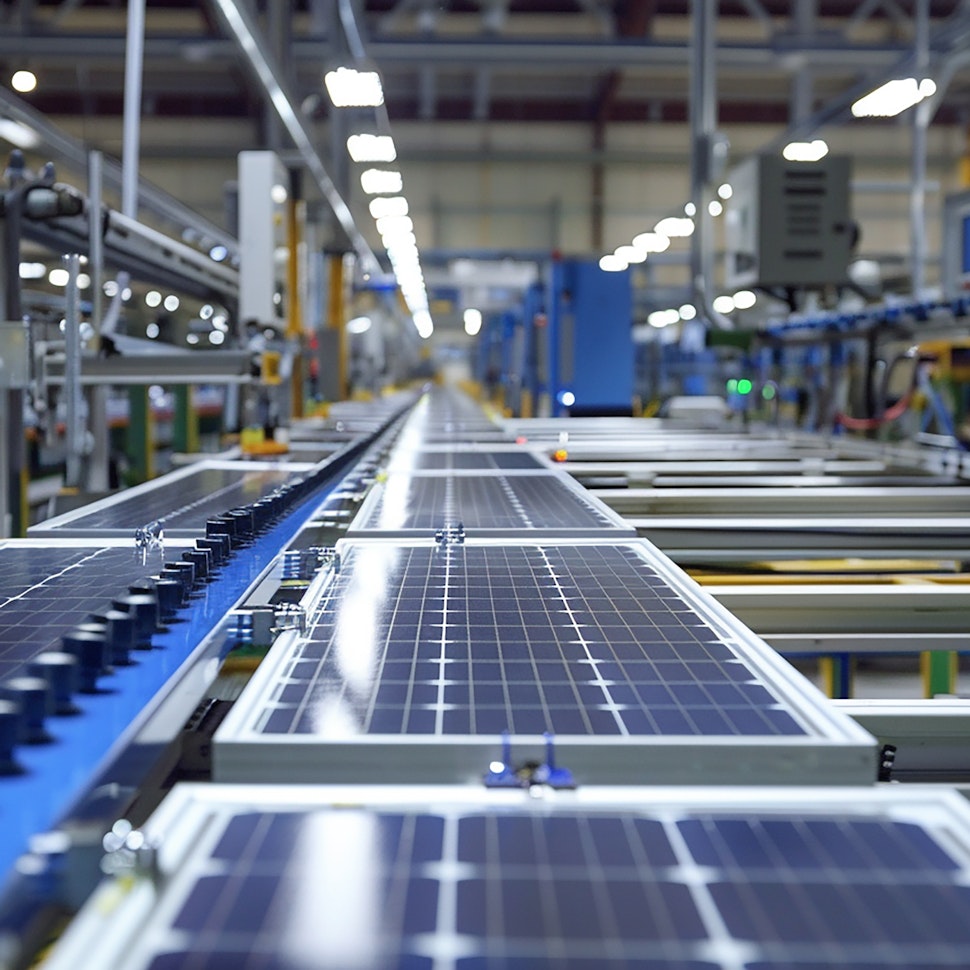
Market analysis
Italy’s €9.7 billion plan to boost renewables and reach net zero
Explore a new state aid scheme helping Italy to work toward a cleaner future and investing in onshore wind, solar PV, hydropower, and sewage gas projects.
Updated 10 JUN, 25
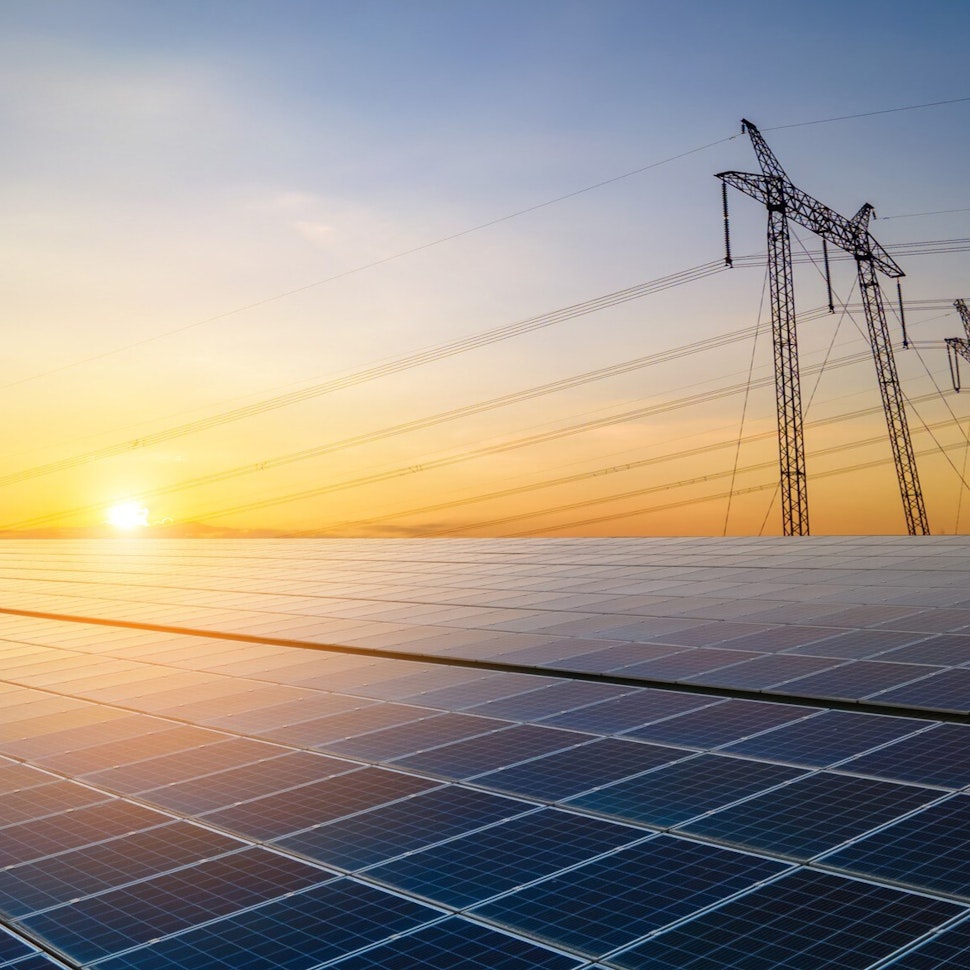
- RatedPower
- Solar energy blog
- The effect of solar in the cold weather: a Nordic solar success story

